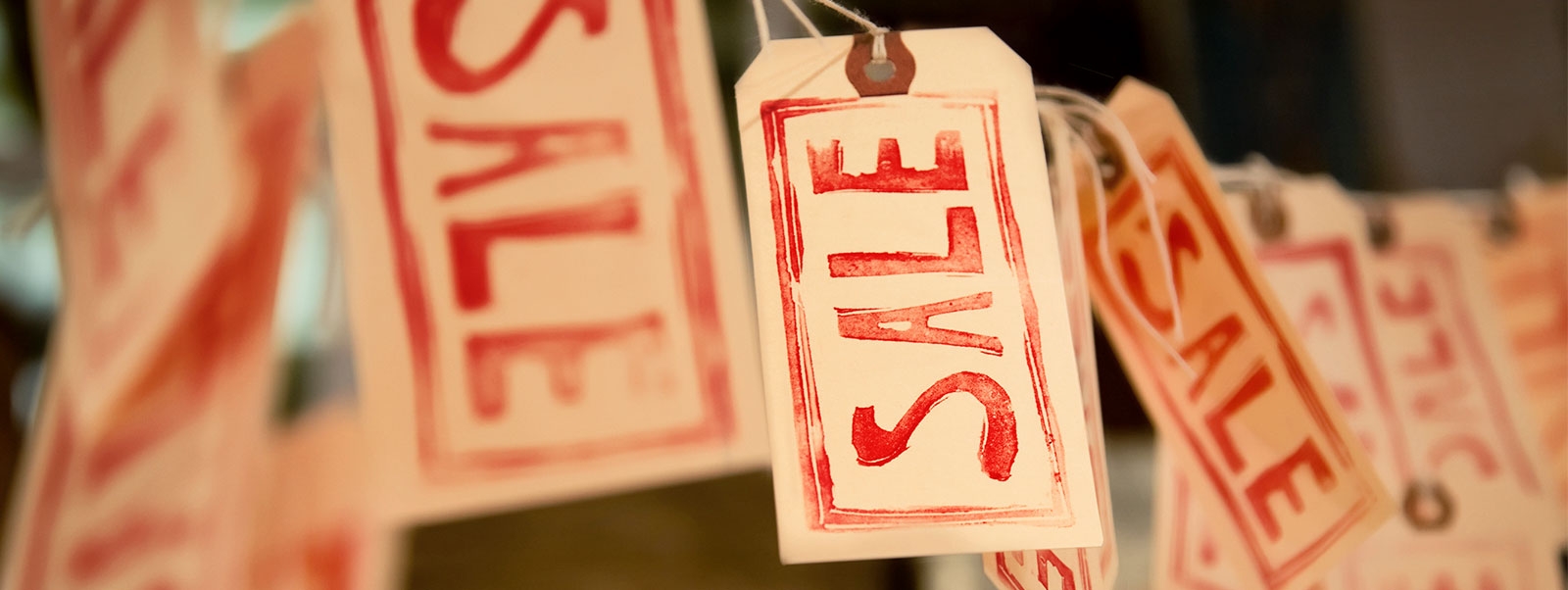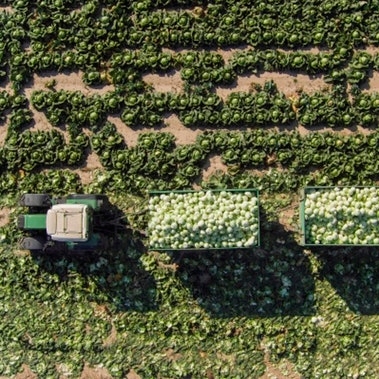The media have been covering the introduction of electronic price tags in UK supermarkets, branding it as the start of Uber-style surge pricing (see Why your bananas could soon cost more in the afternoon from the BBC).
The reality is electronic labels for store shelves are being used primarily to reduce store labour costs – particularly in situations where there are frequent price changes, high labour costs, and local pricing. For example, electronic labels more prevalent in France for these reasons, and supermarkets there also benefited from a reduction in pricing error rates upon their introduction.
In the UK, we see wages rising (from the national living wage) and business margins are under greater pressure. So as the cost of electronic labels drops and the quality improves, they are becoming worth considering in a way that wasn’t cost effective a few years ago.
Retailers may also use electronic price tags to launch special promotions and some limited day-promotions; and there could be a role for them to manage demand through pricing on products with volatile availability where frequent price changes are the norm (such as lettuce, avocados, and strawberries).
But, my view is that full surge pricing is a long way off. Can you imagine a customer focused retailer saying “We’re a bit busy at lunchtime so we’ve put the price of sandwiches up?” I can’t.




